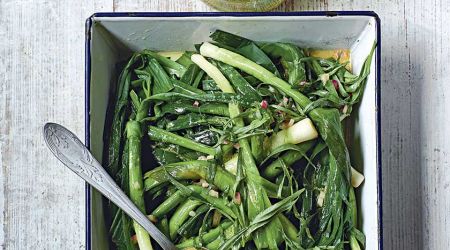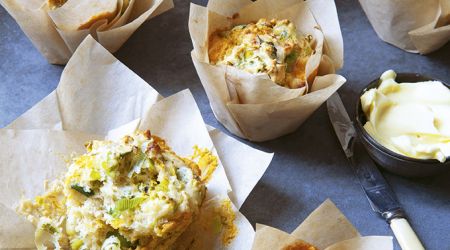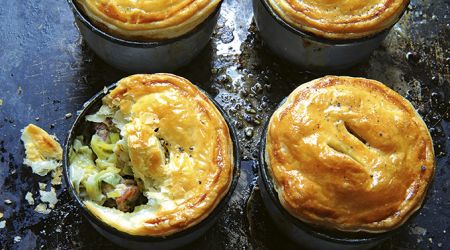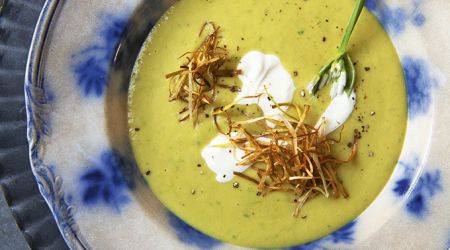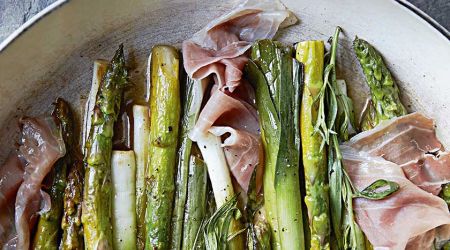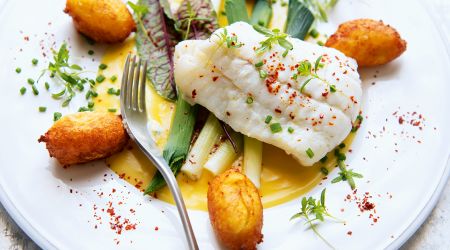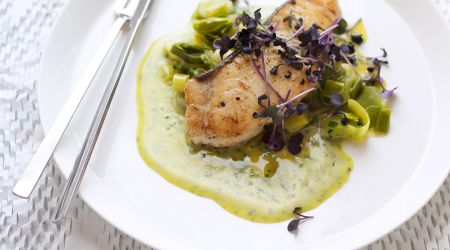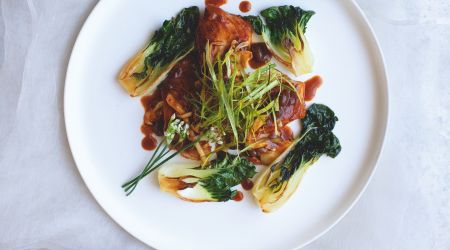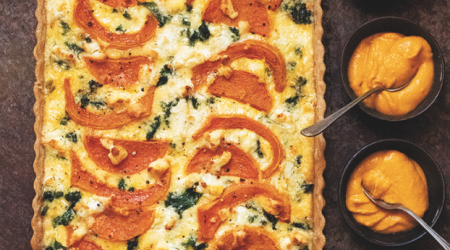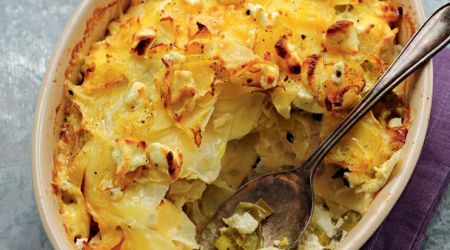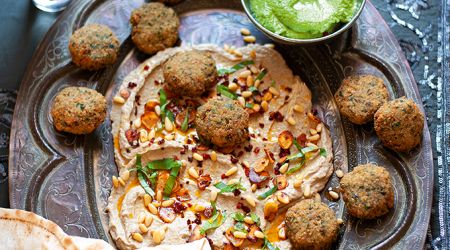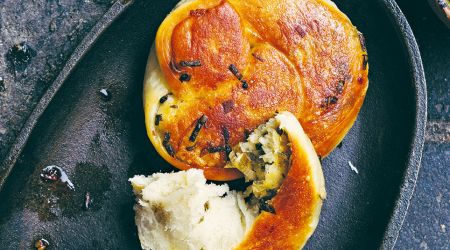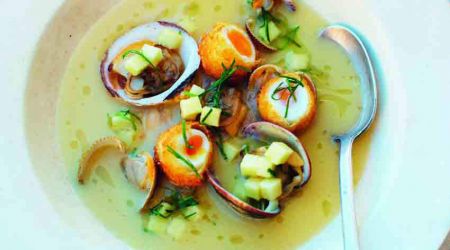Leeks
Like garlic and onion, its cousins in the allium family, leeks are a versatile component in countless recipes. Easy to prepare, they bring a sweet, mild flavour to everything from soups and pies to fluffy savoury muffins. Clarissa Hyman gets cooking
What is it?
The homely leek has been with us in one form or another for centuries, but its modern shape, with its tight fan of broad leaves, only dates back a few hundred years. Before then they were more like spring onions, with a resemblance to others in their family such as garlic and onions. They are now kitchen stalwarts that can both stand alone and provide support to other ingredients.
The origins
The leek's actual origins are lost in the mist of prehistoric times but the earliest evidence of cultivation comes from Old Babylonian tablets that list some of the first recipes in the history of cooking, including instructions for flavouring boiled pigeon and fat lamb. Leek remains have turned up in Egyptian tombs, and were listed among the items left behind that the Jews longed for during their long Exodus march, having grown bored of manna.
The Romans were particularly partial to the vegetable, although their pairings could be either slightly repulsive or pre-post-modern, depending on your point of view: leeks and quinces stewed in honey, for example. The lunatic emperor Nero consumed huge quantities in the belief they would improve his singing voice, of which he was inordinately proud – he actually acquired the nickname Porrophagus, or ‘leek-eater’.
In medieval England they were particularly associated with Lent but, by the 17th century, seem to have slipped from fashion, with the exception of the monster-growing, competitive contests of the North East. In Scotland and Wales, however, they steadfastly retained their pride of place: the Scots have their cock-a-leekie soup and, as the Welsh national vegetable, they are associated with St David, who is reputed to have sustained himself by eating wild leeks. One fanciful speculation is that they also symbolise the snow of the Welsh mountains and the green of the valleys.
So ubiquitous were they at one time that they gave their name to a number of British villages and towns such as Laughton in South Yorkshire and the two southern villages of Leckhampstead, although not to Leek in Staffordshire, surprisingly.
Tasting notes
Although a wonder to behold, the giant competition leek makes pretty poor eating: leeks are at their tastiest while still slender, when they are gentle and mildly sweet with a touch of savoury onion flavour. Cheap, versatile and delicious, they do not cause weeping as onions do when cut. They do, however, need a thorough wash, as, grown deep in the ground, grit and soil can creep into the tightly packed stem and spoil the silky loveliness.
How to showcase it
Roasted until slightly caramelised, leeks are wonderful with roast lamb, or keep things simple by shaking slices – thick or thin as preferred – in a covered pan over a low heat with butter and chopped parsley until softened into a salty-sweet fondant. And you can hardly add too much butter or cream.
The oniony tang of leeks can benefit all manner of risottos, gratins and soups such as velvety potato and leek vichyssoise, sublime when chilled and topped with snipped chives, or hearty Welsh cawl, thickened with oatmeal and traditionally served in china pudding bowls and eaten with a wooden spoon. They pairwell with bacon and cheese, and can transform a fish or chicken pie or quiche. Flamiche, or Flemish leek tart, is a popular dish that has spread from Picardy across France, Belgium and Britain. Add to a goat’s cheese tart with a touch of Dijon mustard for a balancing bite. Fish and shellfish expert Mitch Tonks recommends serving creamed leek with almost any fish, especially haddock or turbot. They partner well with the assertiveness of thyme or subtlety of chervil, with salty capers or acidic lemon, as well as with mashed or boiled potatoes.
A Middle Eastern treatment can turn this comforting vegetable into something special when stuffed with minced lamb, rice and herbs and baked with apricots and lemon. Salmon and leek parcels in filo has long been a dinner-party favourite, or serve a stylish pheasant, leek and bacon pie. Upgrade a Sunday pot roast with slow-cooked leeks, so soft they virtually melt.
Nathan Outlaw adds a touch of glamour with a dish of baked leeks and smoked salmon with cheese sauce; Bryn Williams suggests skate wings with braised leeks and shrimp beurre noisette; and, for vegetarians, it would be hard to trump a recipe for baby leeks with an earthy truffle-butter sauce and a garlic and herb crumb by Russell Brown – all show how even simple flavours can marry together with spectacular results.
Quick tips
Leeks are excellent shredded into matchsticks as an addition to stir-fries, and tender stalks are also good raw, sliced paper-thin, in a tomato salad. Cheesy leeks on toast make a satisfying light lunch. Or dress blanched small leeks with vinaigrette, chopped parsley, chives and crumbled hard-boiled egg for a good winter salad. Make a super-fast, filling pasta bake with leeks and smoked haddock or throw chicken thighs, cannelloni beans and leeks together with crème fraîche for an easy traybake. Creamy mushroom and leek chicken is always a crowd-pleaser. Or, for a change, try a healthy side dish of barley with sautéed leeks, peas and parsley, full of colour and vitality. And fried leeks make a wonderfully crisp garnish for Asian noodles, too.
Any benefits?
Leeks are low in calories but high in nutrients, including magnesium and vitamins A, C and K. They also contain significant amounts of the flavonoid kaempferol, which reduces the risk of developing diseases and supports the cardiovascular system.
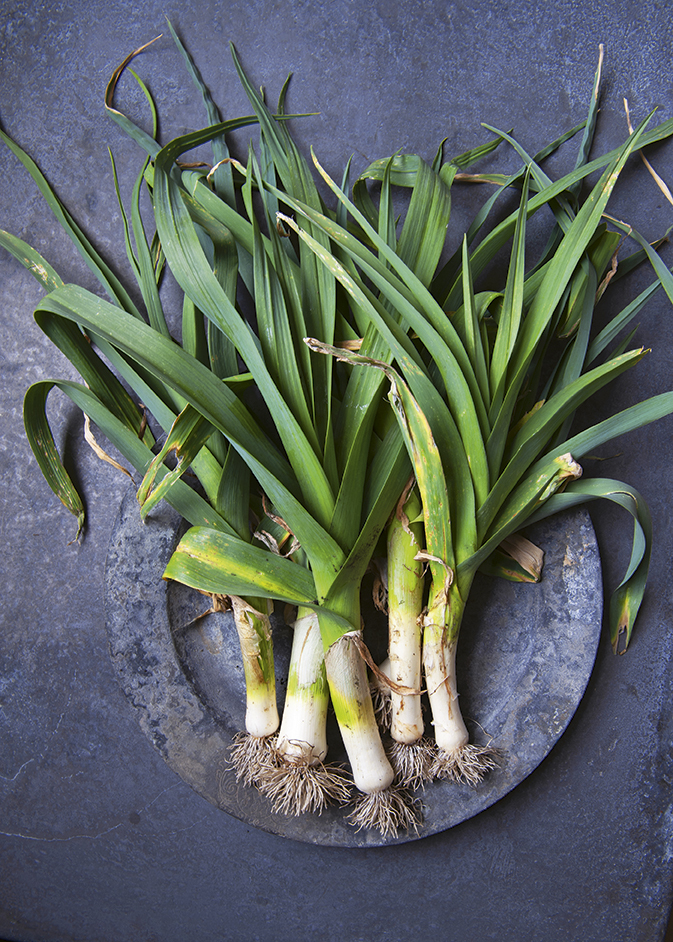
Recipes
Get Premium access to all the latest content online
Subscribe and view full print editions online... Subscribe

